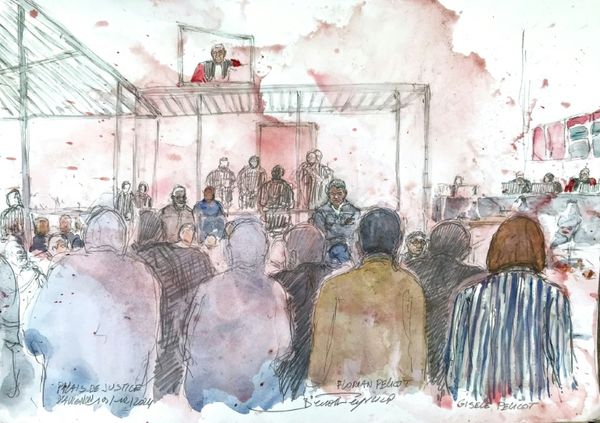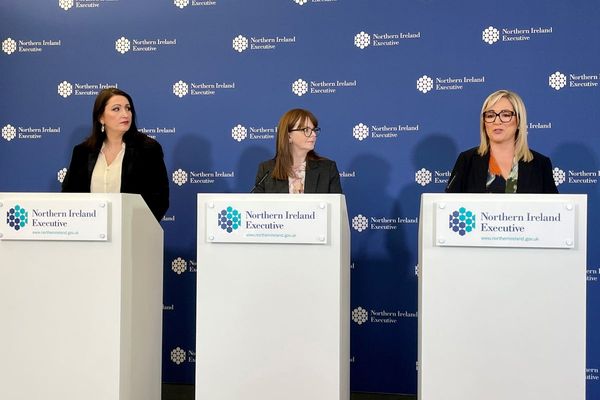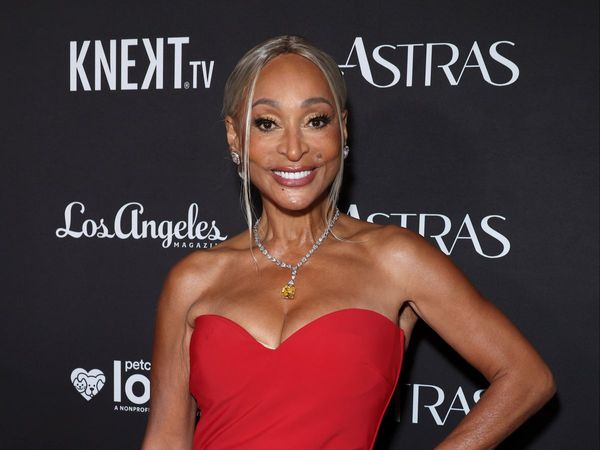
The central bank’s determination “to do what is necessary” to push down inflation has hardened expectations interest rates could rise by up to 1.5 percentage points by the end of this year.
At the same time, the Reserve Bank of Australia faces a tricky balancing act in trying to keep the economy bouncing along, given its concern household consumption could halve going into 2023.
The RBA on Friday restated its forecast issued earlier in the week for annual inflation to reach 7.75 per cent at the end of this year, in line with federal Treasury estimates.
The RBA board wants to return inflation to its preferred target range of two to three per cent “over time” by lifting the cash interest rate.
“It is seeking to do this in a way that keeps the economy on an even keel,” the RBA said in its quarterly Statement on Monetary Policy.
“The path to achieving this balance is a narrow one and subject to considerable uncertainty.”
The RBA statement noted that financial markets are pricing in a rise in the cash rate to around three per cent by the end of this year, from 1.85 per cent now, and around 3.25 per cent in early 2023.
Those interest rate assumptions mirror the average of economists’ forecasts and are incorporated into its updated economic forecasts in Friday’s statement.
While this is a technical assumption and not an actual RBA forecast, financial market economists noted on Friday it was a solid prospect.
“The RBA assumes another 115 basis points of hikes over the next four meetings,” TD Securities’ senior Asia-Pacific rates strategist Prashant Newnaha said.
“In other words, the RBA is placing some chance of delivering a 50 basis point hike and three .. 25 basis point hikes for a total of 125 basis points in hikes by year-end.”
The RBA tends to move rates in increments of 25 or 50 basis points.
Commonwealth Bank economists are tipping a rate hike of 50 basis points in September and then a 25 basis point increase in November, taking the cash rate to 2.60 per cent.
NAB is staying with its 2.85 per cent cash rate forecast by year-end, while ANZ believes a further 150 basis point tightening to three per cent is likely.
Turning to the economy, the RBA has downgraded most of its growth forecasts since its May Statement on Monetary Policy.
While it still expects gross domestic product to have expanded by 3.5 per cent in the 2021/22 year, growth is set to slow to 2.25 per cent by the end of 2022/23 and 1.75 per cent in 2023/24.
“Higher consumer prices, rising interest rates and declining housing prices are expected to weigh on growth in private spending, at the same time as growth in public demand slows,” the RBA said.
Its forecast for household consumption – which accounts for most of the economy – is sobering, with growth forecast to fall from 4.9 per cent at the end of this year to 2.4 per cent by the end of 2023.
The RBA also noted retail gas and electricity prices will increase by 10-15 per cent in the second half of this year, adding to cost of living pressures.
But it has improved its outlook for the jobless rate, which fell to 3.5 per cent in June – the lowest in almost 50 years.
It now expects unemployment to drop to 3.25 per cent later this year, before edging back up to 3.5 per cent in 2023.
But pay packets, as measured by the wage price index, aren’t likely to keep up with inflation, despite a tight labour market.
“The tight labour market is expected to result in stronger wages growth over the period ahead, but growth in labour costs is expected to be below the rate of inflation for a time,” the RBA said.
Wages are forecast to grow by 3.4 per cent by the end of 2022/23 and 3.6 per cent in 2023/24.







